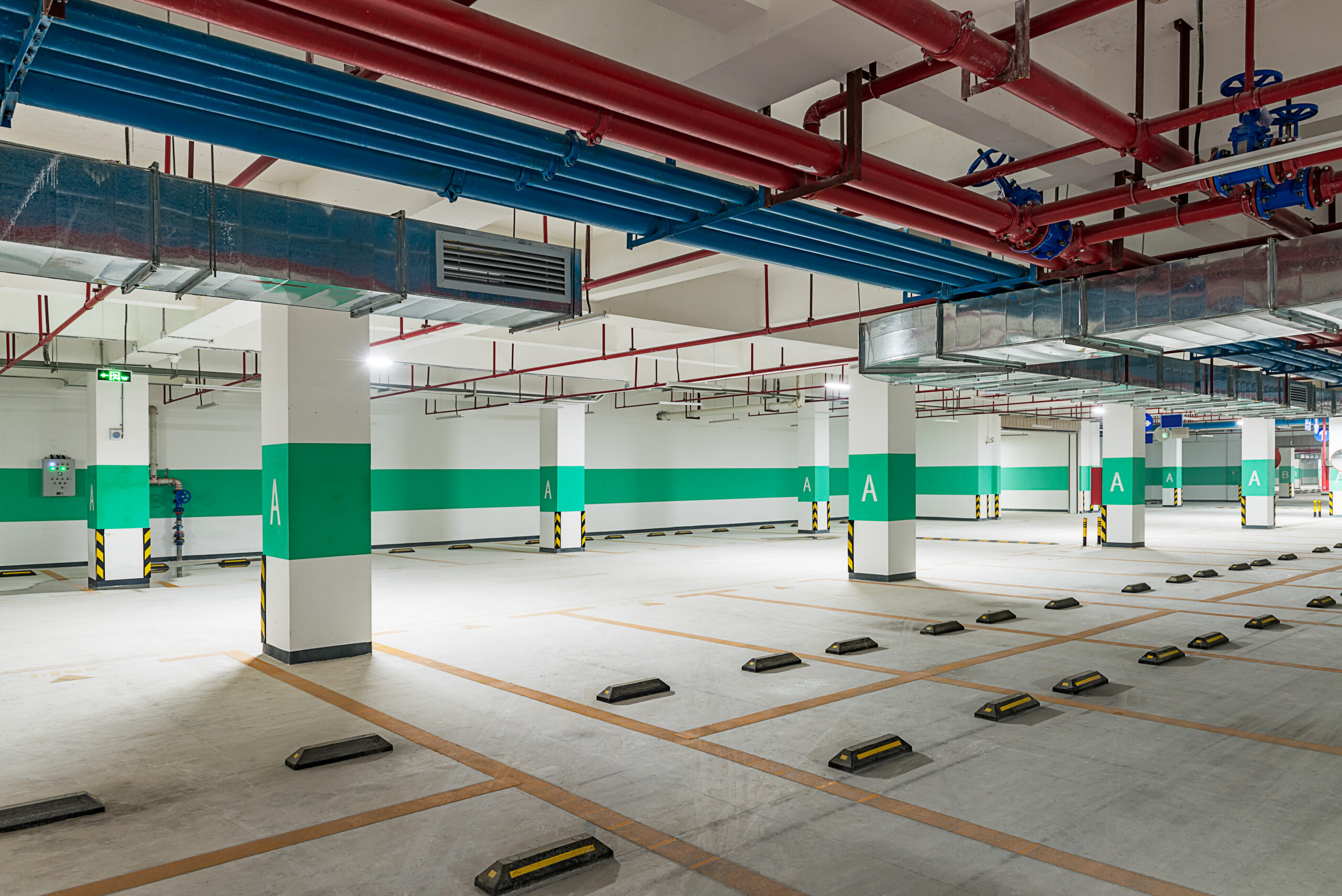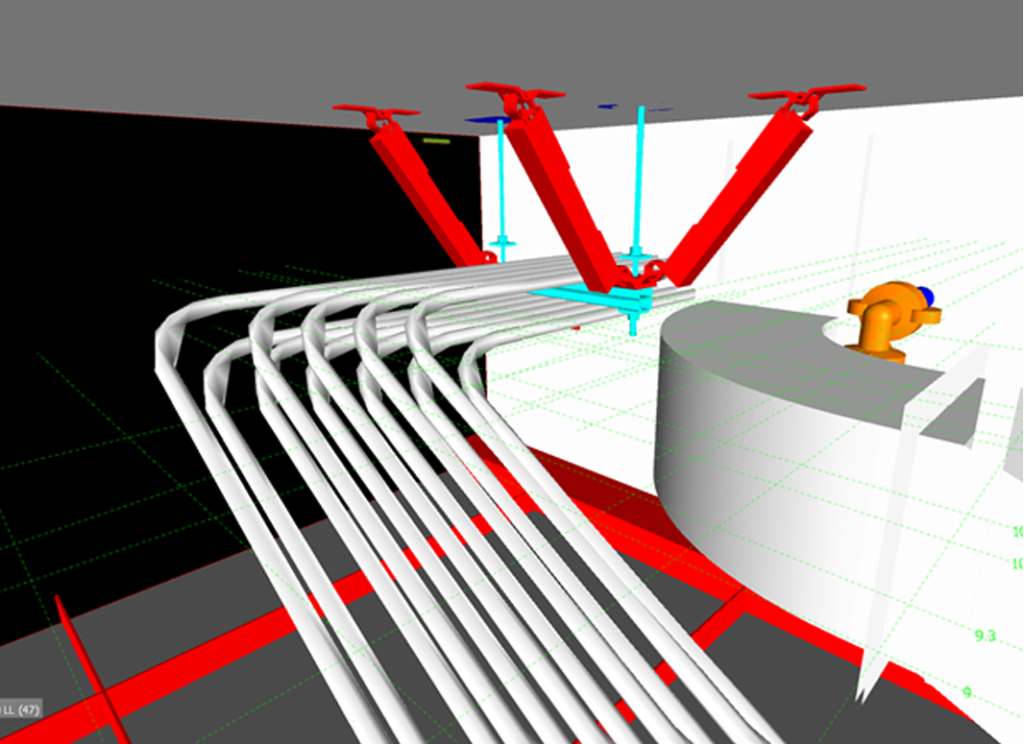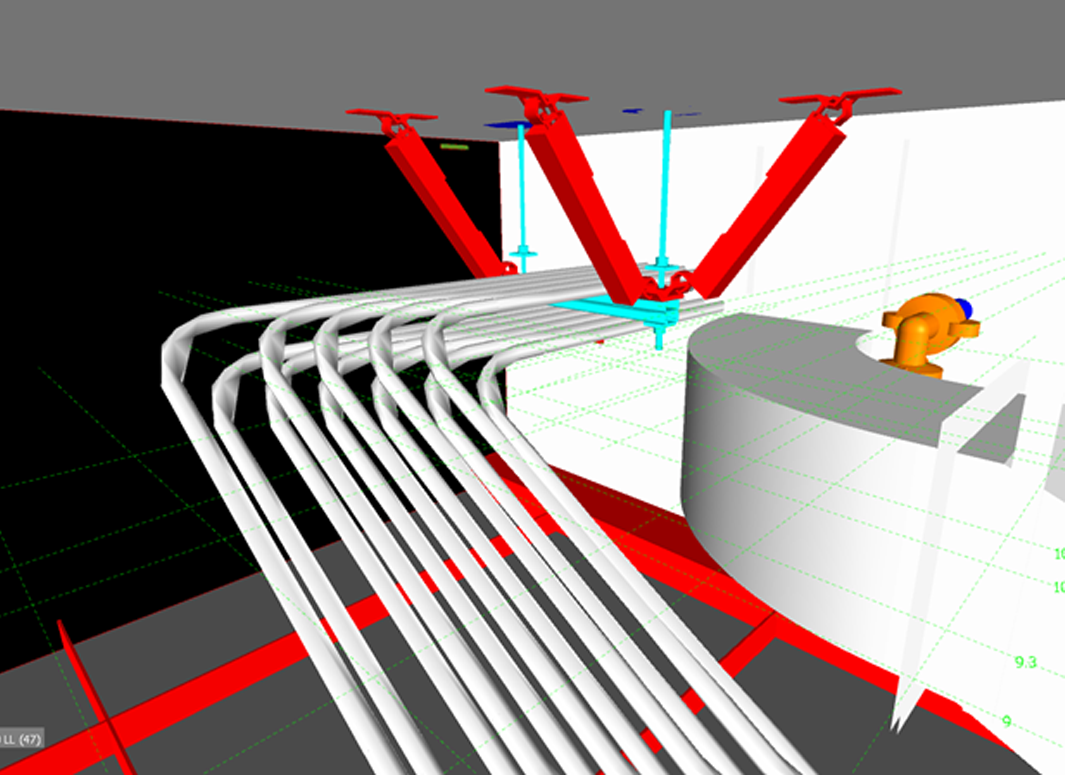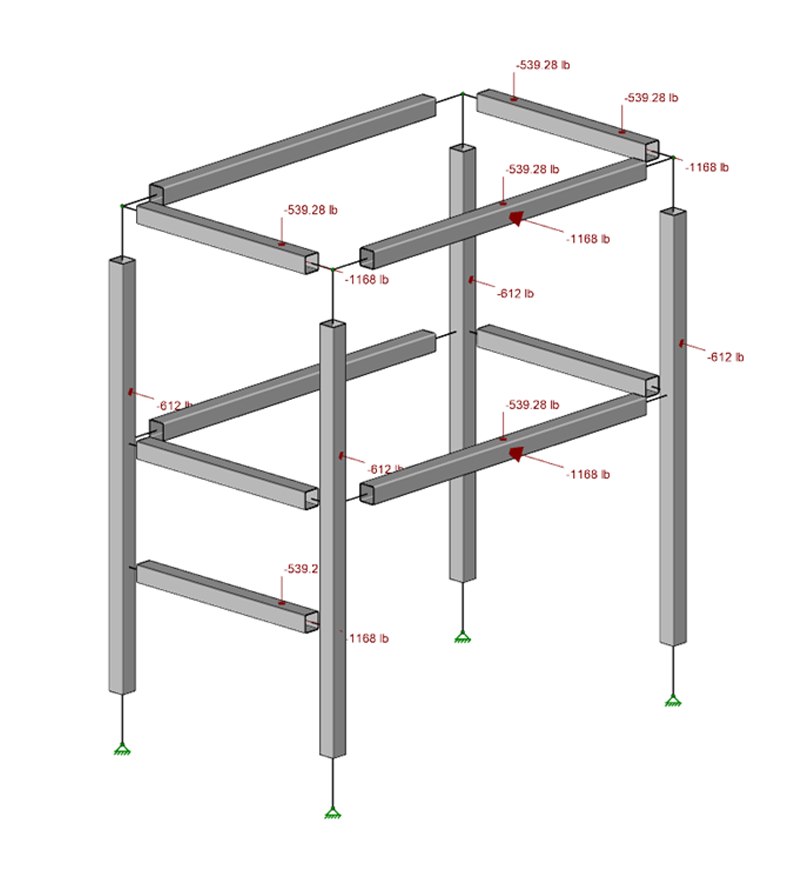
- July 26, 2022
- A2K WordPress
- 0
- Seismic Bracing is a Vital Part of Structural Engineering
- Hector R. Santillano, P.E., Head of Structural Engineering
- July 26, 2022

Seismic bracing is a branch of structural and earthquake engineering. Seismic bracing focuses on designs which analyze support structures for MEP Distributed utilities. As a result, they are resistant to earthquake damage.
What do Seismic Engineers do?
Seismic engineers develop designs that will prevent serious damage, or collapses in the event of an earthquake. Subsequently, the science behind structural, seismic engineering helps enhance the seismic resistance of structures and critical infrastructure through advanced engineering management tools.
Here are just a few of the techniques used in Seismic Engineering:
Base Isolation
The levitating or floating foundation separates the substructure of a building from its superstructure. One way of doing this is by floating a building above its foundation on lead-rubber bearings that comprise a solid lead core covered in alternating layers of rubber and steel. Then, workers attach the bearing to the building and its foundation with the help of steel plates. So, when an earthquake occurs, the ground below the base isolated building will transfer less energy to the structure above it.
Shock Absorption
Similar to the shock absorbers used in vehicles, buildings also make use of this technology. Additionally, they allow buildings to slow down and reduce the magnitude of vibratory motions. Ideally, shock absorbers should be at each level of the building – one end attached to the beam and the other end to the column. Each comprises a piston head that moves inside a cylinder full of silicone oil. During earthquakes, the horizontal motion of the building will make the piston push against the oil. Thus, transforming mechanical energy from the quake to heat.
Cross Bracing
With vertical structures, engineers have several approaches. They use braced frames when building walls and rely on brace members for resisting sideways motion. Cross bracing is a technique that uses two diagonal members in an X-shape to build wall trusses. Therefore, it is a popular technique to build earthquake-resistant structures.
Seismic Engineering is very complex and constantly evolving.
Seismic structural assessment is a powerful tool in Structural Engineering. It uses detailed modeling of the structure in conjunction with structural analysis to get a better understanding of the building’s resistance. So, retrofitting older structures with enhanced designs or materials is as important as rebuilding new structures from scratch. Therefore, the ultimate goal of Seismic Engineering is to make building sound so that they don’t collapse and allow inhabitants to escape promptly and safely.
Take advantage of Sanveo’s in-house BIM and Structural Engineering team to provide a code compliant solution for your project’s seismic requirements.


